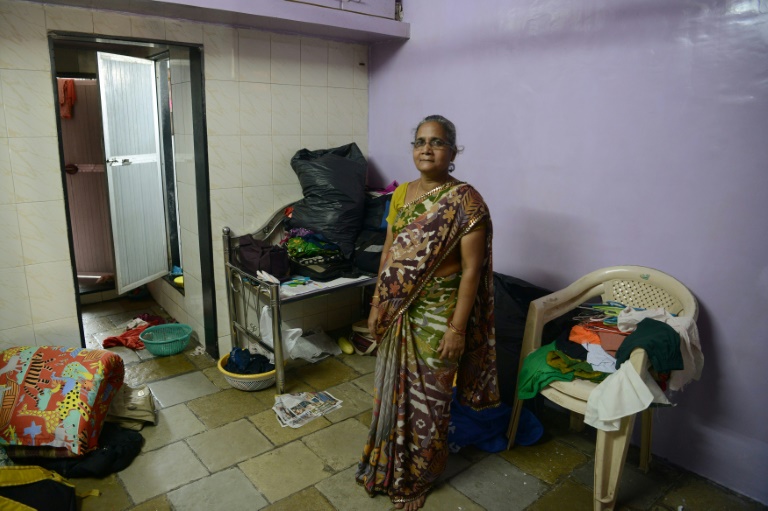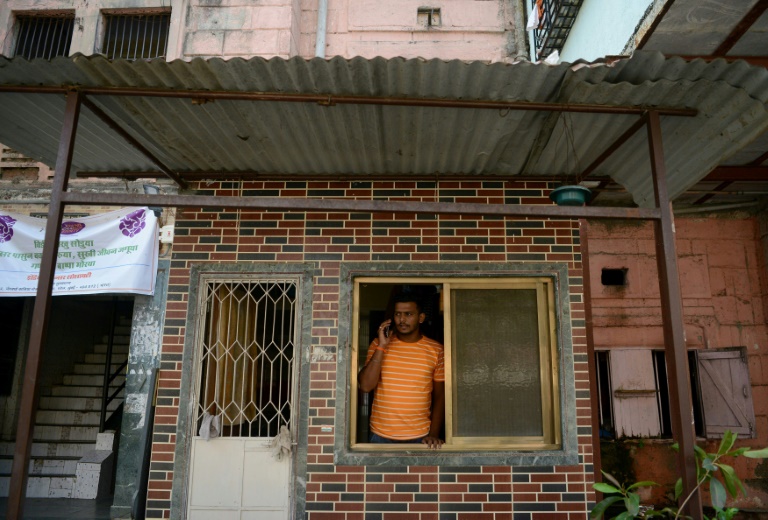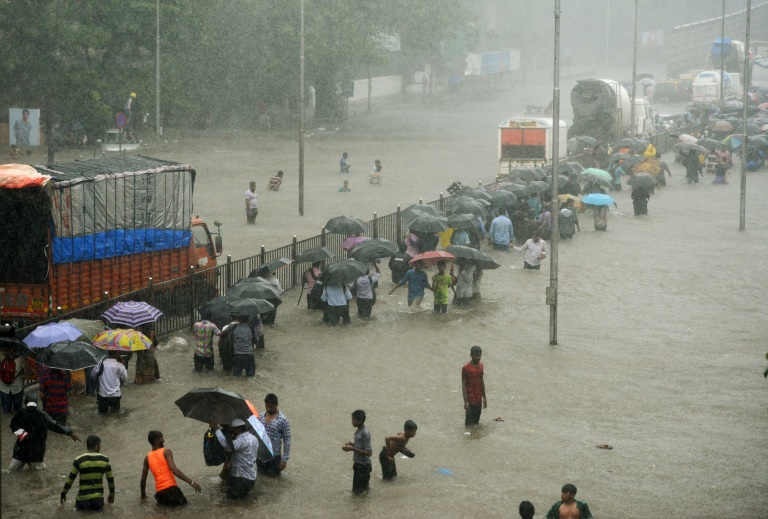Difficult political choices simplified by a child
Her family’s tiny ground floor apartment in central Mumbai is one of hundreds of thousands of homes in India’s financial capital that regularly flood during the monsoon months of June to September.
“We grab all of our possessions and move to one of our neighbours on a higher floor until the water subsides,” explains the 60-year-old.
Last week, as floods wreaked unaccustomed havoc across parts of Texas, global news coverage was dominated by scenes of Americans being winched to safety.
People in Houston, America’s fourth biggest city, told reporters of their anguish at being forced from their homes by the unusually fierce Hurricane Harvey, as a sophisticated rescue and recovery operation revved into high gear.
President Donald Trump visited the affected area twice, while his vice president, Mike Pence, also went to assure Texans that the might of the US government was behind them, and would help them pick up the pieces in the wake of a storm that caused tens of billions of dollars’ damage and killed around 60 people.
At the same time, half a world away, monsoon rains were dumping millions of gallons of water on India.
Mumbai, a city of around 20 million inhabitants where at least ten people died, was brought to a virtual standstill for two days.
But there were no prime ministerial visits; no pledges of national unity; no promises to help the slum dwellers rebuild their washed-away homes.
India largely shrugged and carried on, almost inured to a near-annual tragedy.

Surekha Chiplunkar, 60, stands in her house that has recently flooded, during an interview with AFP in Mumbai
“No one from the government comes to check to see if we have managed to survive the floods or not,” said Chiplunker.
“People from top floors provide us with food during flooding as we cannot cook for ourselves.”
The help provided by members of the community during a disaster is often referred to, usually by local newspapers and leaders, as the “spirit of Mumbai”.
– ‘Financial loss’ –
Many of the homes that flood in Mumbai are shanties packed tightly into narrow dark alleyways lining the city’s sprawling slums.

Jadhav, 21, an Indian engineering student looks out from the window of his house that had earlier flooded in Mumbai
The slums, where over 50 percent of Mumbai’s population live, become covered in a sea of blue tarpaulin every monsoon as residents try to keep out whatever rain they can.
But sturdily-built houses flood as well. Chiplunkar, her three sons, one daughter-in-law and two grandchildren, live in a basic flat built in an old chawl, or tenement, which used to house Mumbai’s mill workers.
“We prepare for every monsoon by packing our belongings in plastic covers and keeping buckets ready,” Aditya Jadhav, who lives in the one-room apartment opposite, tells AFP.
The speed with which the rain fell — more than 315 millimetres (12 inches) in just a few hours — caught both families by surprise this year though.
“We were shocked. A lot of our valuables were damaged this time including a refrigerator and washing machine, causing us a lot of financial loss,” says Chiplunkar.
– British-era drains –
Activists claim Mumbai’s susceptibility to floods has worsened in recent years due to a rapid construction boom that is trying to keep up with the city’s swelling population.
They blame many in power as well as property developers for an insatiable desire to make money from luxury residential tower developments built on reclaimed land.

People wade through a flooded street during heavy rain showers in Mumbai, India last month
An estimated 40 percent of Mumbai’s mangrove cover, which is extremely effective in helping to drain water, has been destroyed over the past decade to make way for glitzy high-rises.
“Mumbai’s estuaries have been tampered with and there is no space for water to flow out,” Stalin D, a director of the environmental non-profit organisation Vanashakti, told AFP.
Mumbai’s drainage system was built by the British in the 1860s when the population was a tenth of what it is now. Many drains are full of rubbish and desilting operations are often inadequate, activists say.
While Chiplunkar and her neighbours are used to fleeing the floods at short notice, there’s one aspect they can never get used to — cleaning up on their return.
“All of us fall sick as the water is very dirty and sometimes we find dead rats in it. The children are particularly prone to getting diseases,” she says.
Access to the top content, vouchers and other member only benefits